A patch-like fuel cell that extracts energy from perspiration is being developed by engineers in San Diego.
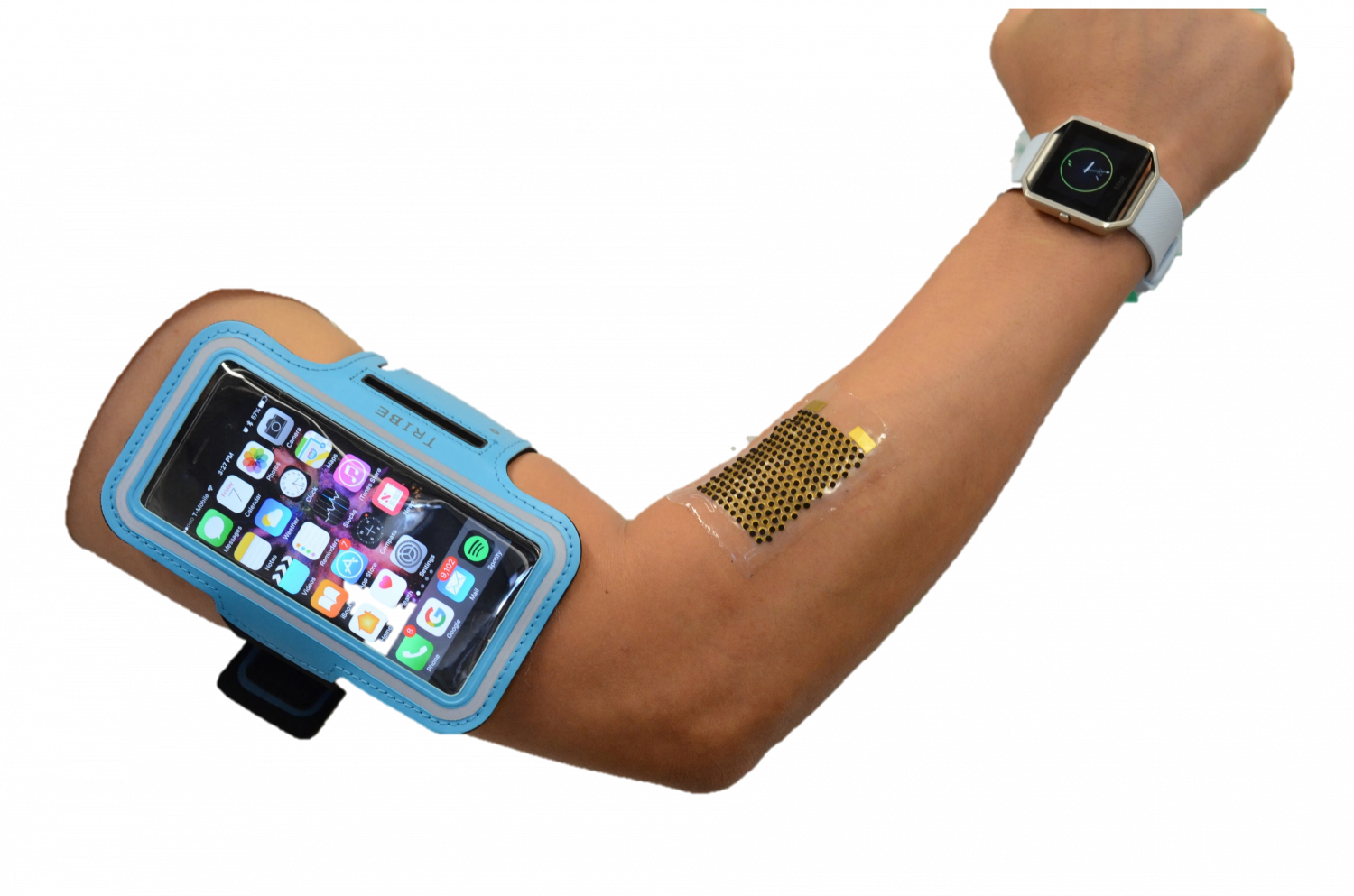
Biological fuel cells are a hot area of research that makes it possible to extract energy from biological processes.
Now, researchers at the University of San Diego have developed a stretchable, bio fuel cell able to extract energy from perspiration.
The fuel cell looks like a translucent patch with a small grid of two different types of catalysts. The rows of dots are each connected by spring-shaped structures. Half of the dots make up the cell’s anode; the other half are the cathode.
Half of which made out of silver oxide, the rest is made of an enzyme that oxidizes the lactic acid in human sweat. Together they are able to extract enough energy to power small electrical appliances.
The engineers’ screen printed a 3D carbon nanotube structure on top the anodes and cathodes. This structure allowed the engineers to load each anodic dot with more of the enzyme that reacts with lactic acid and silver oxide at the cathode dots.
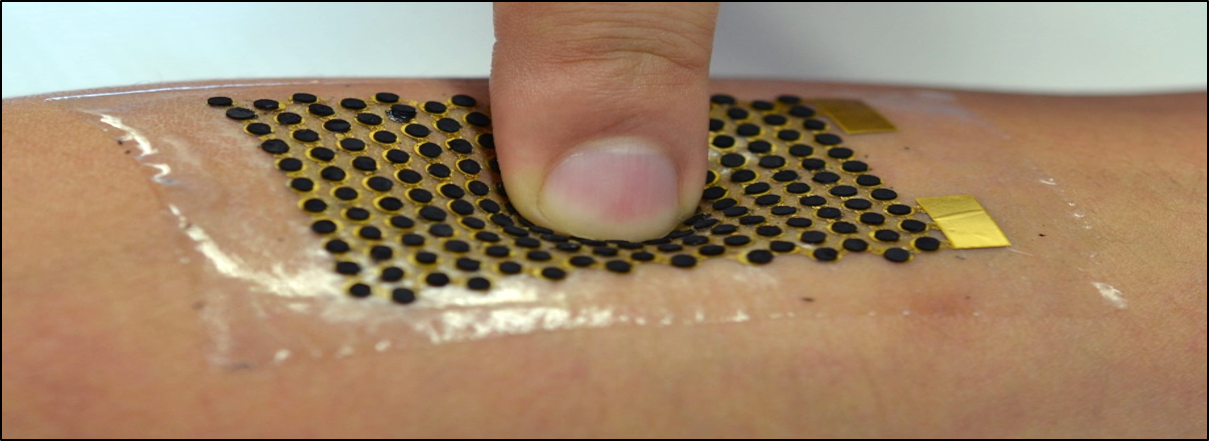
Testing the fuel cell, it was connected to a custom-made circuit board with a DC/DC converter that evens out the power generated by the fuel cells (fluctuating with the amount of sweat produced by a user) and turns it into constant power with a constant voltage.
Test subjects exercised with the stretchable, biological fuel cell and the circuit board attached to the arm on a stationary bike, and their sweat could then power LED lights.
The researchers emphasize, however, that technology needs to be developed further before it can be used outside the test lab.
Engineers report their results in the June issue of Energy & Environmental Science.
Reference:
Wang et al. “Soft, stretchable, high power density electronic skin-based biofuel cells for scavenging energy from human sweat“. Energy & Environmental Science, June 2017. Doi: 10.1039 / C7EE00865A.



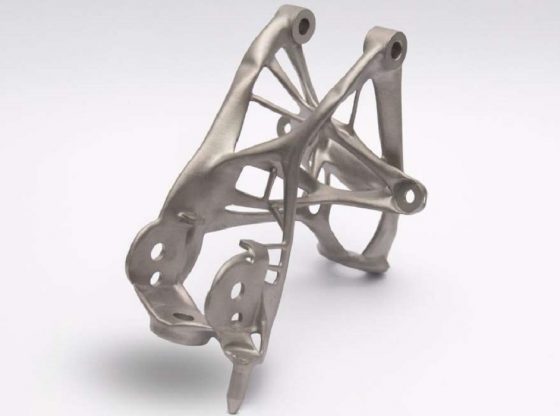

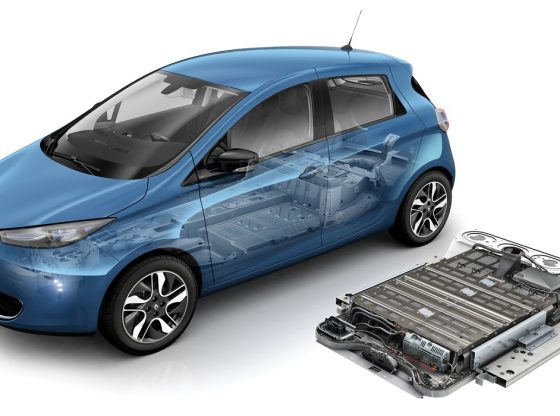
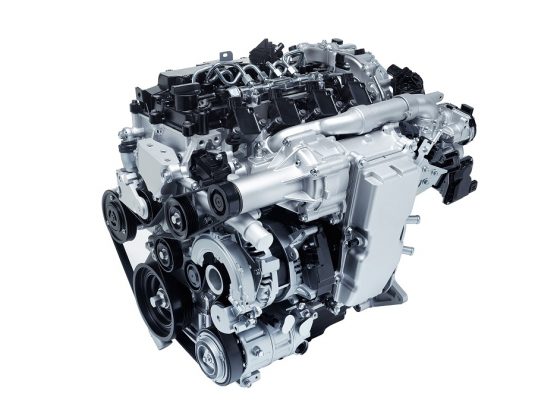
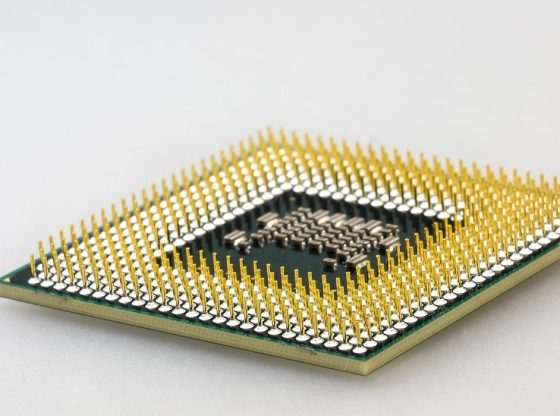

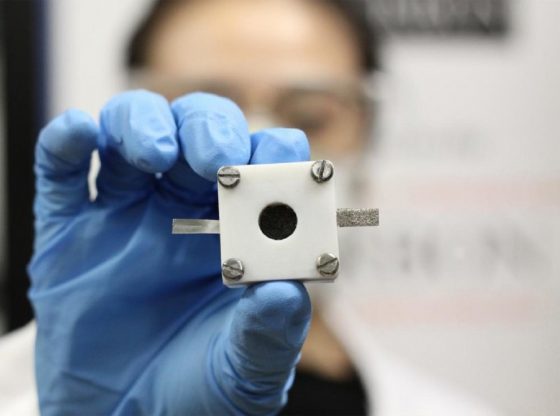

![OpenAI. (2025). ChatGPT [Large language model]. https://chatgpt.com](https://www.illustratedcuriosity.com/files/media/55136/b1b0b614-5b72-486c-901d-ff244549d67a-350x260.webp)
![OpenAI. (2025). ChatGPT [Large language model]. https://chatgpt.com](https://www.illustratedcuriosity.com/files/media/55124/79bc18fa-f616-4951-856f-cc724ad5d497-350x260.webp)
![OpenAI. (2025). ChatGPT [Large language model]. https://chatgpt.com](https://www.illustratedcuriosity.com/files/media/55099/2638a982-b4de-4913-8a1c-1479df352bf3-350x260.webp)








